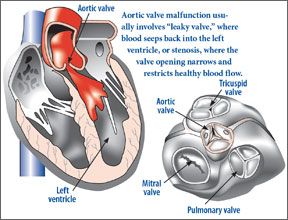If you have aortic valve disease, valve replacement may be the best treatment option. The traditional method of replacing an aortic valve requires open-heart surgery. But for patients who cannot have surgery due to coexisting medical conditions or other factors, new treatment options are now being tested in clinical trials and may be available next year. "There are two new approaches to aortic valve replacement: the transfemoral retrograde, in which the replacement valve is threaded through a vein with a catheter from the groin up to the heart, and the transapical, in which a small incision is made in the chest wall, allowing insertion of the replacement valve," says Lars Svensson, MD, director of the Center for Aortic Surgery at Cleveland Clinic. "When the valve is correctly positioned, the results are excellent, and the patients make a very quick recovery."
To continue reading this article or issue you must be a paid subscriber.
Sign in






